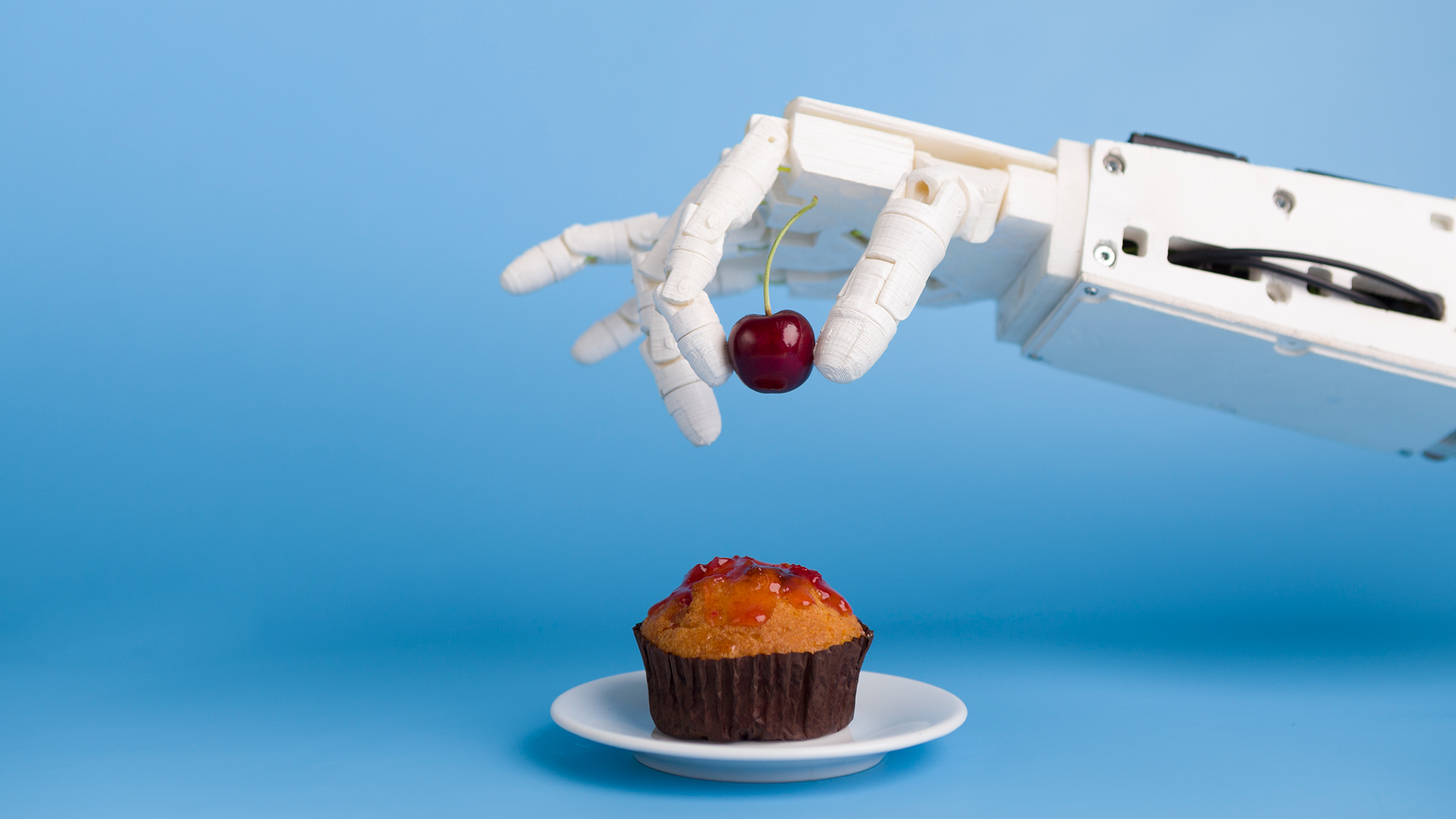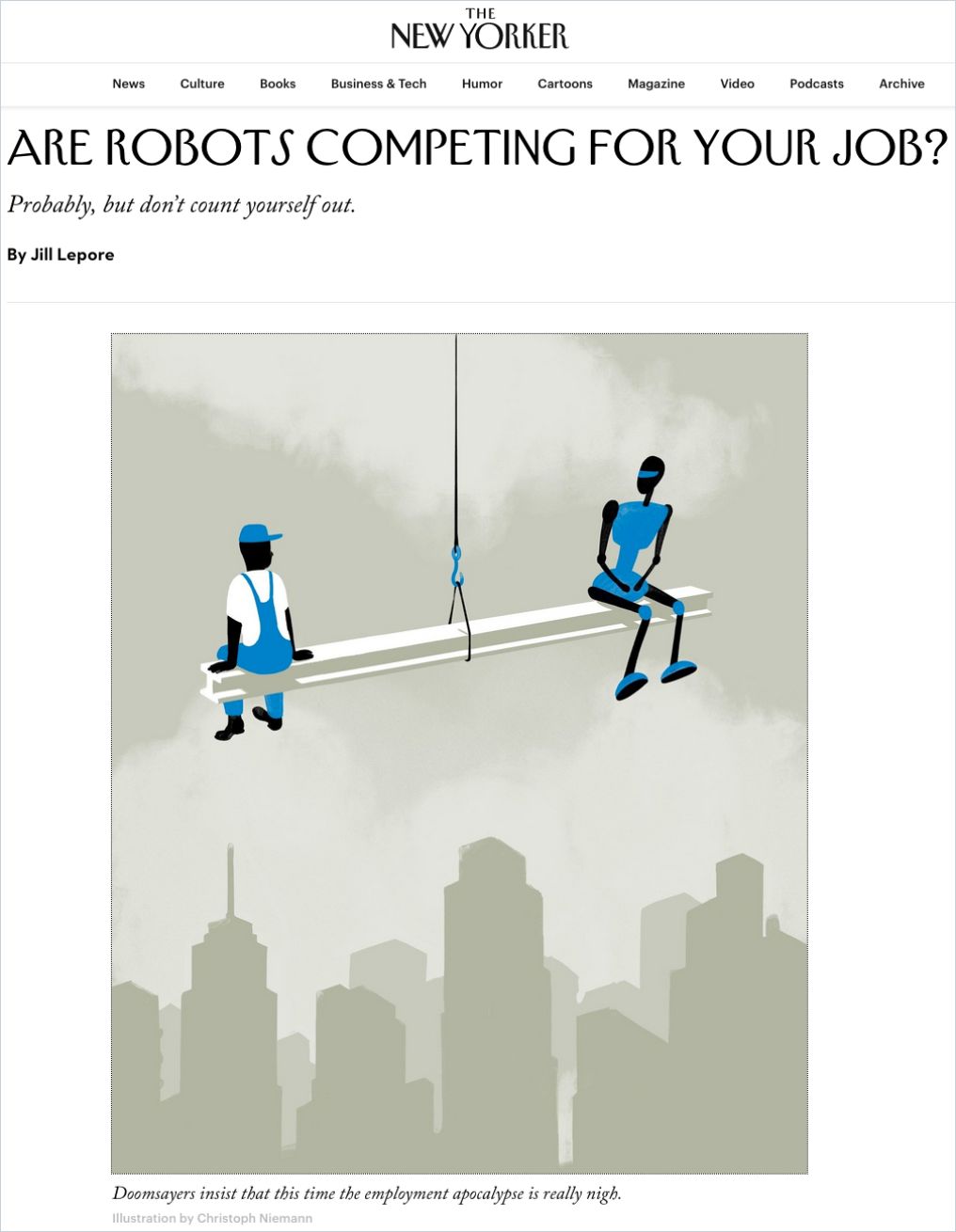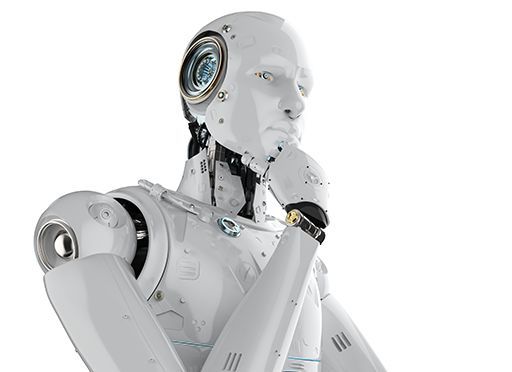Become a Chef

Why order a pizza that is produced somewhere far away from you and have it delivered lukewarm, with every single step carried out by workers who are probably paid lousy money, and end up with a product just as expensive as a great restaurant visit?
Zume Pizza wanted to do it differently: Their ordered pizzas were not pushed into ovens in restaurants but in entire fleets of specially manufactured trucks that were always somewhere near you. They spit out the pizzas – prepared by robots in the truck – virtually at the garden fence. What was saved in human labor was invested in healthier, locally grown ingredients, and in new, better robots that made and processed everything themselves, from the dough, to the tomato paste, to the oregano finish. The company, founded in 2015, raised millions in venture capital with this robo-cook idea, and was valued at $4 billion by the end of 2019.
In 2020, just before the COVID-19 pandemic hit, Zume stopped making pizza, and shut down the pizza robots. The company even laid off the remaining 80% of its human employees. Since then, the hype surrounding the robots with chef’s hats has generally quietened down.
Zume is not an isolated case. Although the web is full of videos showing automated gripper arms at the burger grill or in front of deep fryers, they are not much better than cutlery or squeaky salt shakers with whom you can’t even have a conversation.
There is no doubt that the level of automation in kitchens is increasing all the time, and sooner or later, standardized quick meals will probably be prepared less and less often by human hands. But our sheet-metal colleagues are far from being able to cook in the true sense of the word: They can’t taste anything, they can only prepare or fry standardized foods, and they don’t have the faintest idea about garnishing a plate.
What still works with salads – which robots can wash, cut and arrange on a tray in the shape of a rainbow, as long as a real person is throwing in lettuce and carrots at the back – therefore stops with the dressing. With sensors, hydraulics and programming, robots can perform all kinds of tasks in the kitchen, but they can’t create menus, season sauces or improvise. That can still only be done by the human connoisseur.

For the foreseeable future, that will remain the case. However, this also means that many simple jobs in the fast-food industry are likely to disappear – from unskilled service staff behind the counter (due to, for example, Alexa at home) to delivery staff (who’ll be replaced by autonomously driving pizza boxes). However, the new robo-fast-food operations also run the risk of losing customers – as in the case of Zume – because many people end up prioritizing taste over price.
Those left out of the whole equation, however, are sure to be the real chefs. After all, they haven’t worked in a disrupted industry before, and if they really live up to their name, they’ll never want to work in it either. Chefs are probably in for rosier times: On the one hand, they can earn more from their better-tasting dishes, plus they’ll have more and cheaper robots to help them in the kitchen. And on the other hand, with an increase in automatically processed food operations, the demand for unique creations versus mass-produced goods will rise.
With this in mind: Enjoy your meal!





